Plantar fasciitis derives its name from the plantar fascia, a thick and robust fibrous attachment connecting the foot's front to the heel. Its primary role is to ensure the foot's normal biomechanics by supporting its arch. Plantar fascia is put to work during motions such as walking, placing the weight on the foot, and running. It may get damaged and swell if it sustains too much tension and stress.
Overuse of plantar fascia can occur due to normal daily activities or intense physical strain such as sports or physical work. Regardless of the cause, the fibrous attachment may get inflamed after some time of overuse. In most people, swollen plantar fascia makes walking difficult and uncomfortable, getting in the way of daily routine. Only one foot is affected in most cases of plantar fasciitis, but it is possible to develop symptoms in both heels simultaneously.
The plantar fascia supports walking, running, and other activities by absorbing stress and strain put on the feet. However, its tissues may get torn and damaged if overused or stretched too far. The body's response to damaged tissues results in inflammation that causes swelling, tenderness, and pain in the heel.
Inflammation of the plantar fascia may occur in several ways and does not necessarily involve overuse because of physical stress. The possible causes include:

Plantar fasciitis is more likely to develop in overweight and obese people and pregnant women due to more pressure on plantar fascia ligaments. The risk of damaging the fibrous attachment increases with sudden weight gain.
Pregnant women are at the highest risk of developing plantar fascia inflammation at the late stages of pregnancy. According to the data, women develop this condition more often than men, which is caused by weight gain due to pregnancy. However, this is not the only factor contributing to fewer men than women with plantar fasciitis. Wearing high-heeled shoes and other unsupportive footwear also increases the risk of damaging plantar fascia ligaments.
In addition, long-distance runners and people who are between 40 and 60 years old are also at a greater risk of developing plantar fasciitis.
Symptoms of plantar fasciitis may differ depending on the time of day and whether you put pressure on the affected foot. The most common issues are pain in the heel or the bottom mid-foot area. The pain may feel as if you were pressing down on a bruise, dull or stabbing sensation.
Pain and discomfort usually increase over time. Depending on your actions, sharp or dull sensations may also spike up suddenly. Missing a step, jumping, or putting weight on the affected foot may increase the pain for a short time.
For many people, plantar fasciitis is the worst in the morning![]() after getting up. It is also not uncommon to experience more pain after long rests or periods of inactivity, such as sitting. The pain is also worse if you wear shoes that do not support the feet properly or spend most of the day barefoot.
after getting up. It is also not uncommon to experience more pain after long rests or periods of inactivity, such as sitting. The pain is also worse if you wear shoes that do not support the feet properly or spend most of the day barefoot.
If left untreated, plantar fasciitis may lead to the following complications:
Heel spurs. One of the most common complications of ignored inflammation of plantar fascia ligaments is heel spurs. This condition occurs due to excess calcium the body generates as a response to a damaged foot arch. In time, calcium deposits may develop protrusions that cause painful sensations while walking.
Plantar ruptures![]() . If you strain the affected foot for long periods of time, you may develop a condition known as plantar rupture, a tear or rupture in the plantar fascia. Plantar ruptures can be recognized by a loud popping noise in the feet followed by intense pain. If you suspect that your plantar fascia has ruptured, seek medical care as soon as possible,
. If you strain the affected foot for long periods of time, you may develop a condition known as plantar rupture, a tear or rupture in the plantar fascia. Plantar ruptures can be recognized by a loud popping noise in the feet followed by intense pain. If you suspect that your plantar fascia has ruptured, seek medical care as soon as possible,
Plantar Fibromatosis. A rare condition in which nodules form along the plantar fascia is known as plantar fibromatosis. Over time, nodules may cause discomfort and pain during walking.
Plantar tears. Inflammation of the plantar fascia may be accompanied by small tears that develop gradually. Plantar tears can be avoided by treating plantar fasciitis early. If you don't respond with proper treatment, more plantar tears will grow and expand, causing greater pain and further complications.
After experiencing the above health issues, contact your healthcare provider or foot specialist immediately. Ignoring plantar fasciitis and its complications may lead to chronic pain and damage that can take a long time to treat entirely.

To find the cause of your heel pain, a doctor will ask about your symptoms and examine your foot. Inflammation of the fibrous attachment can be recognized by gently pressing on the plantar fascia. If the affected spot on the foot is tender and causes pain by touching it, you are likely to have plantar fasciitis.
In most cases, no more tests are needed to confirm the inflammation of the plantar fascia. However, depending on the location and the level of pain, there may be other conditions causing your feet issues. In that case, a doctor may order additional tests. These usually include:
Imaging tests help determine if there is a stress fracture or bone spurs in your feet that often cause similar issues to the inflammation of the plantar fascia.
Most people treat plantar fasciitis at home![]() , according to the advice of their healthcare provider. At-home care encompasses lifestyle changes, over-the-counter medicines, home remedies, and exercises. Combining several treatment strategies is the most effective remedy for damaged plantar fascia and rarely requires surgery.
, according to the advice of their healthcare provider. At-home care encompasses lifestyle changes, over-the-counter medicines, home remedies, and exercises. Combining several treatment strategies is the most effective remedy for damaged plantar fascia and rarely requires surgery.
Stretching and massaging techniques are the most critical part of the treatment. They aim to improve flexibility and strengthen the muscles in the plantar fascia and surrounding areas.
In addition to at-home care, you may benefit from therapies and injections of specific medicines at your local clinic. These options may include:
Platelet-rich plasma (PRP)![]() . An injection of PRP is sometimes used to repair injuries and provide pain relief.
. An injection of PRP is sometimes used to repair injuries and provide pain relief.
Extracorporeal pulse activation technology (EPAT). This method aims to increase the blood flow in the plantar fascia to make it heal faster. In EPAT shock therapy, a doctor applies concentrated sound waves to your plantar fascia.
Percutaneous needle tenotomy. In this procedure, a provider pokes a needle through the skin to reach the plantar fascia. Like in EPAT, this causes an increased blood flow, supporting healing processes in that area.
Corticosteroid injections![]() . Another way to treat plantar fasciitis is a corticosteroid injection that your healthcare provider can perform. Corticosteroids are medicines with anti-inflammatory properties that are effective against heel pain.
. Another way to treat plantar fasciitis is a corticosteroid injection that your healthcare provider can perform. Corticosteroids are medicines with anti-inflammatory properties that are effective against heel pain.
Surgery for plantar fasciitis is the last-resort procedure only used in the most severe cases in which pain in the heel has not gone away, regardless of numerous treatment attempts.
There are two types of surgery for plantar fasciitis: gastrocnemius recession and plantar fascial release. Your healthcare provider will decide which procedure best suits your needs.
Plantar fasciitis can result from overuse or excessive stress on the plantar fascia, often because of running, prolonged standing, or working on hard surfaces. The risk increases due to obesity, flat feet, high arches, inadequate footwear, and certain medical conditions like lupus or rheumatoid arthritis.
Women are more prone to developing plantar fasciitis, possibly due to factors like pregnancy-related weight gain and wearing high-heeled shoes. Long-distance runners and individuals aged 40-60 are also at greater risk.
Common symptoms include heel pain and discomfort, which can be sharp, dull, or stabbing. Pain is typically worse in the morning after waking up or after periods of inactivity and may worsen with certain activities or unsupportive footwear.
Early diagnosis and a combination of several treatment strategies are generally effective in managing this condition, with surgery being a final option for chronic, unresolved cases.
Table of Contents

The main symptom of Morton's neuroma is pain in the foot. Find out what causes the discomfort. Learn about treatment… read more »
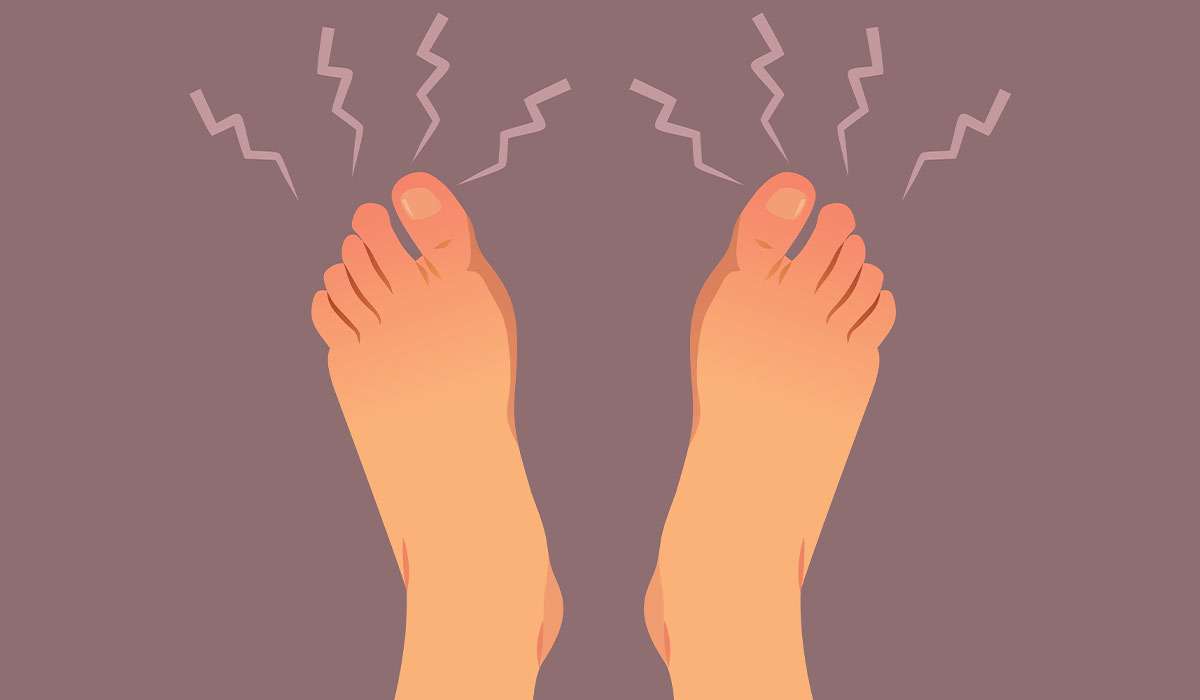
An athlete's foot, or tinea pedis, is an infection of fungal origin that affects the feet. It is usually mild… read more »
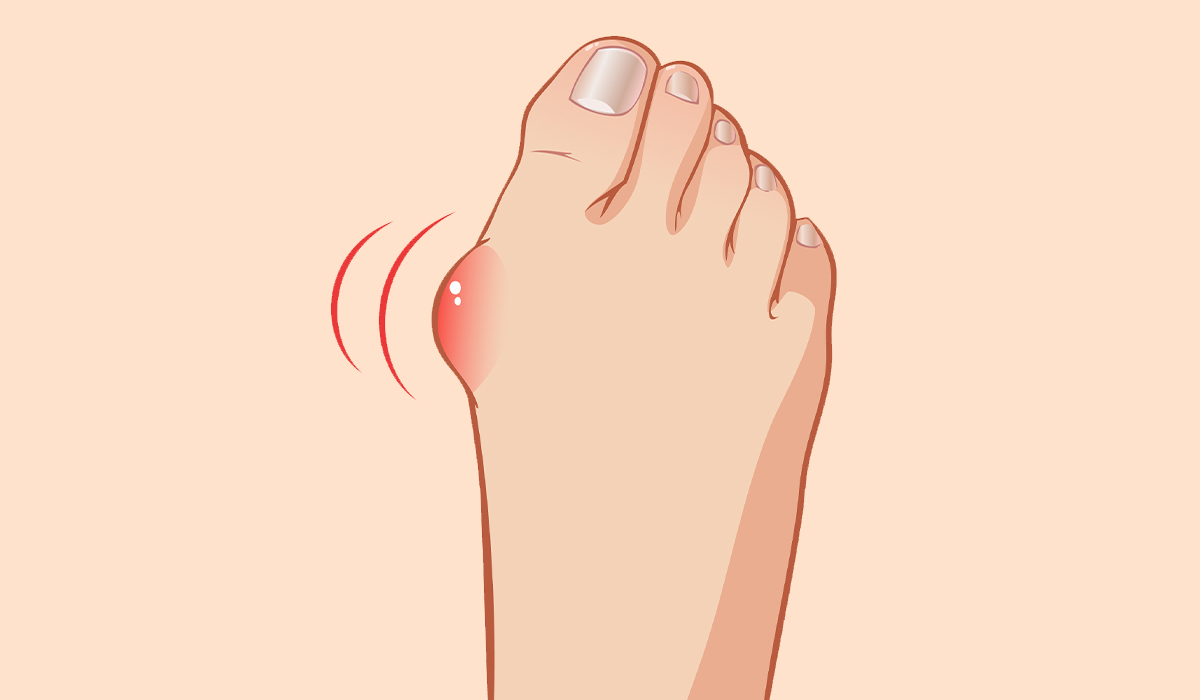
A bunion, which doctors name Hallux Valgus, is when there's a clear bump on the side root of your big… read more »
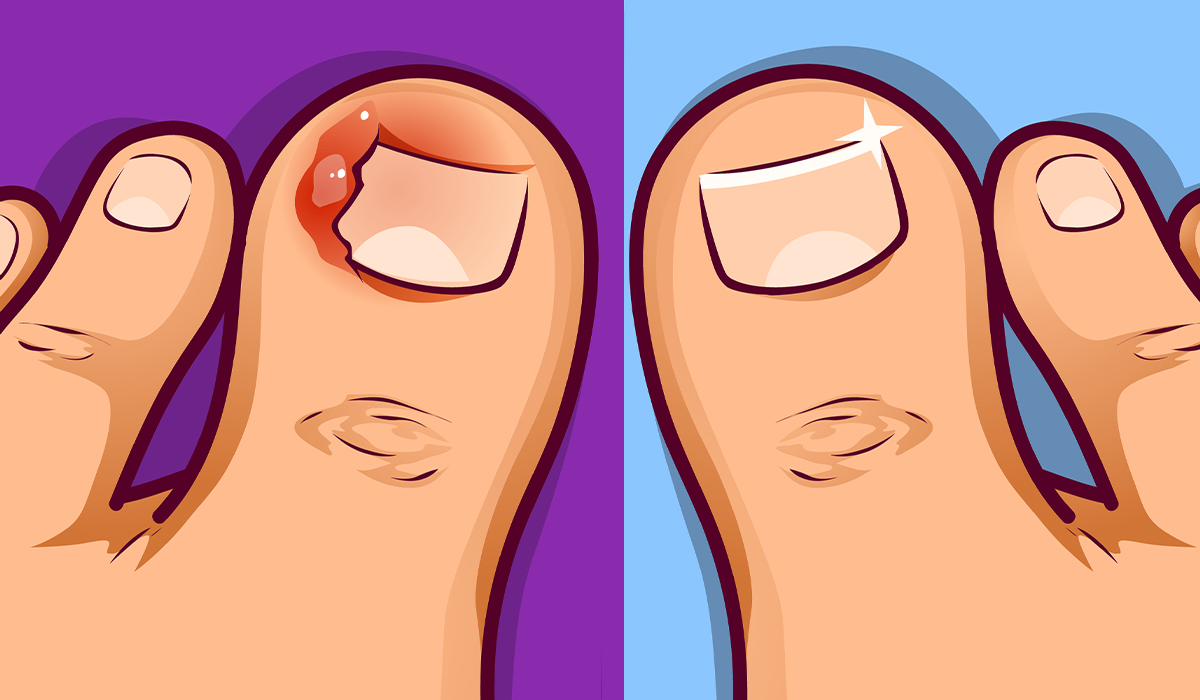
An ingrown toenail that develops into the skin, which specialists call onychocryptosis, happens when the edge or corner of the… read more »
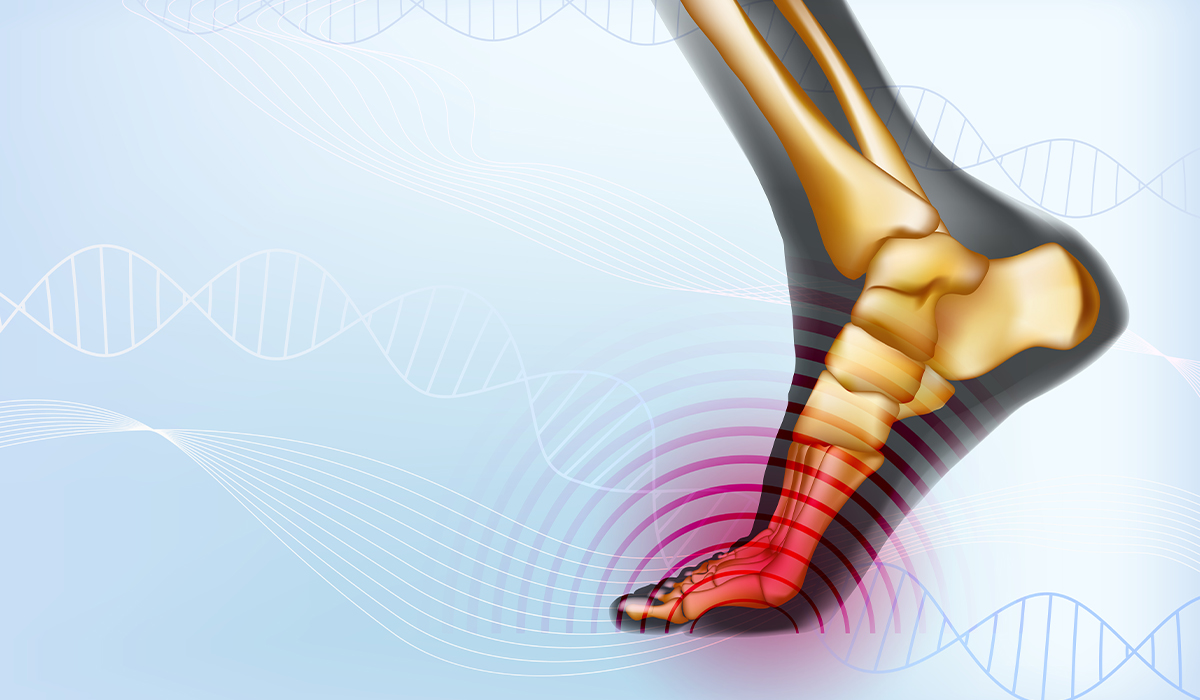
Turf toe is an injury of the main joint in the big toe. It usually occurs when a person bend… read more »

Warts are skin lesions resulting from infection with the human papillomavirus (HPV). What are the symptoms? What is the diagnosis… read more »

Cold feet are usually harmless symptoms caused by the body's reaction. However, it can also be a warning sign that… read more »
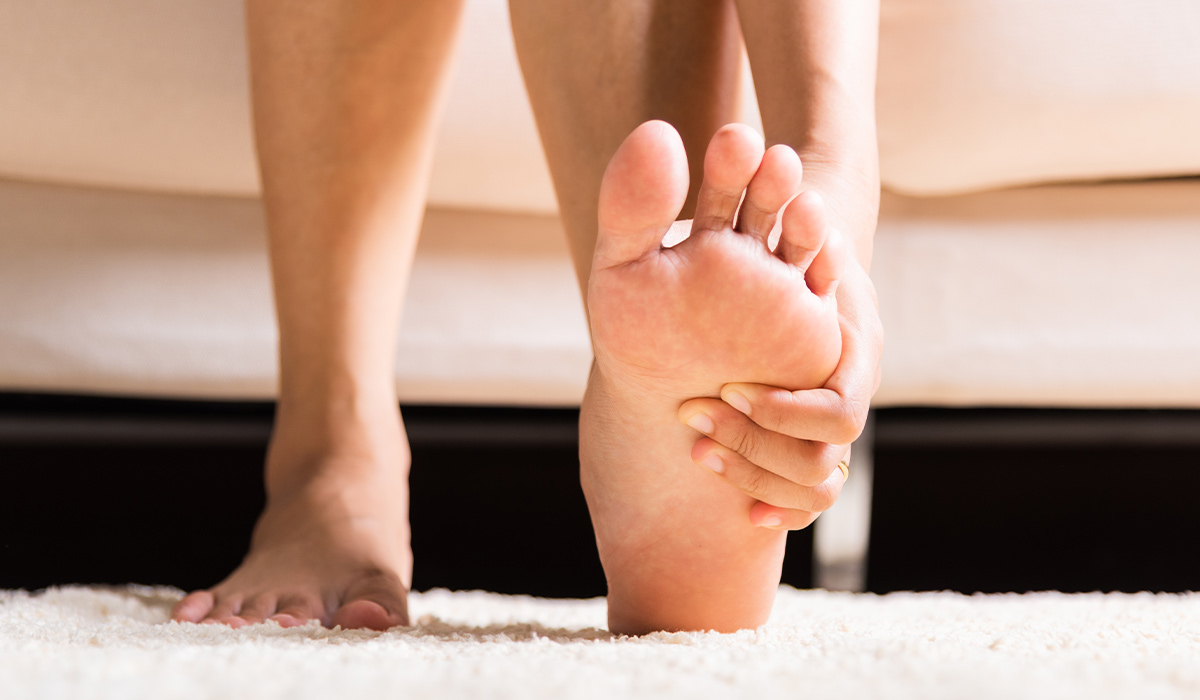
Swollen feet is an outward sign of fluid accumulation in the body. It can be a symptom of serious health… read more »

Shin splints, or medial tibial stress syndrome, surface on the lower side of the leg near the shinbone and bring… read more »